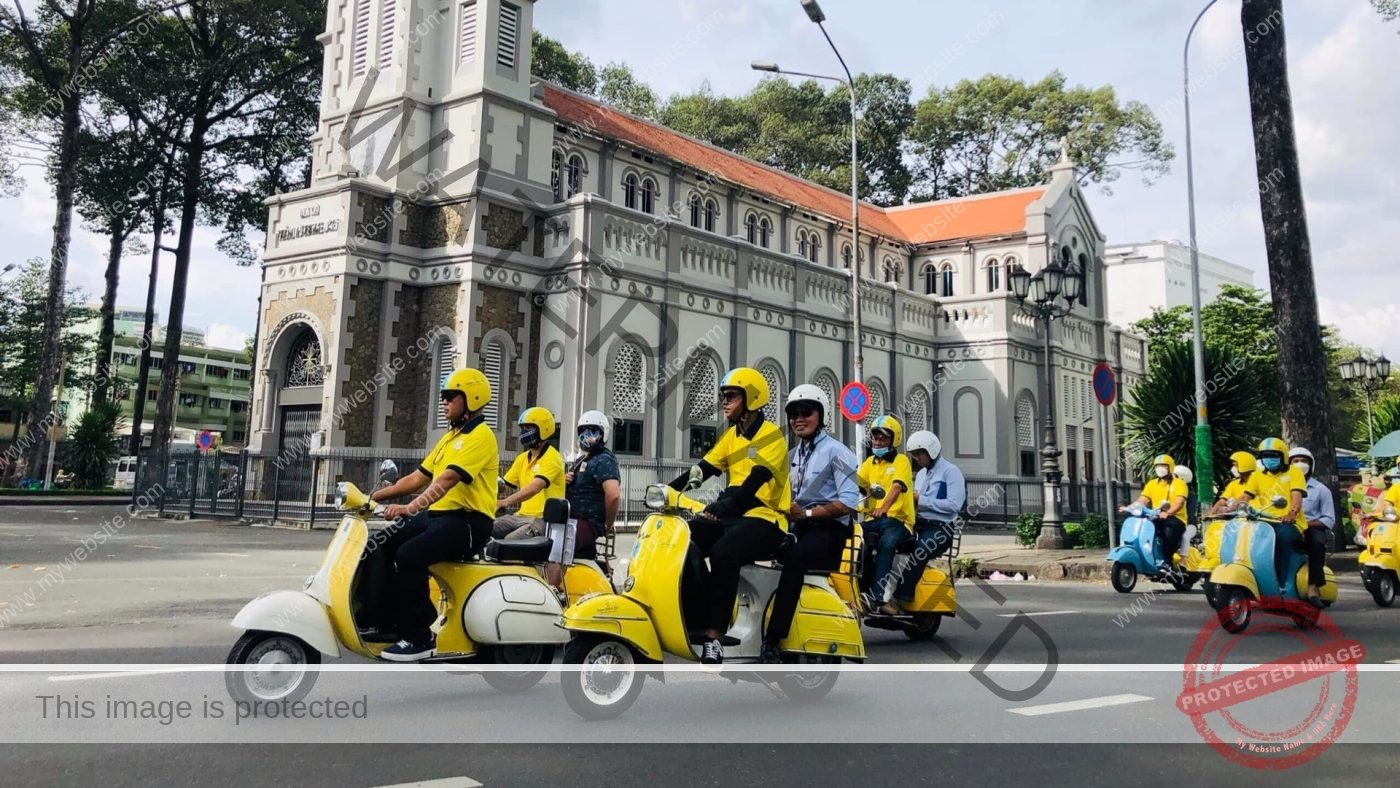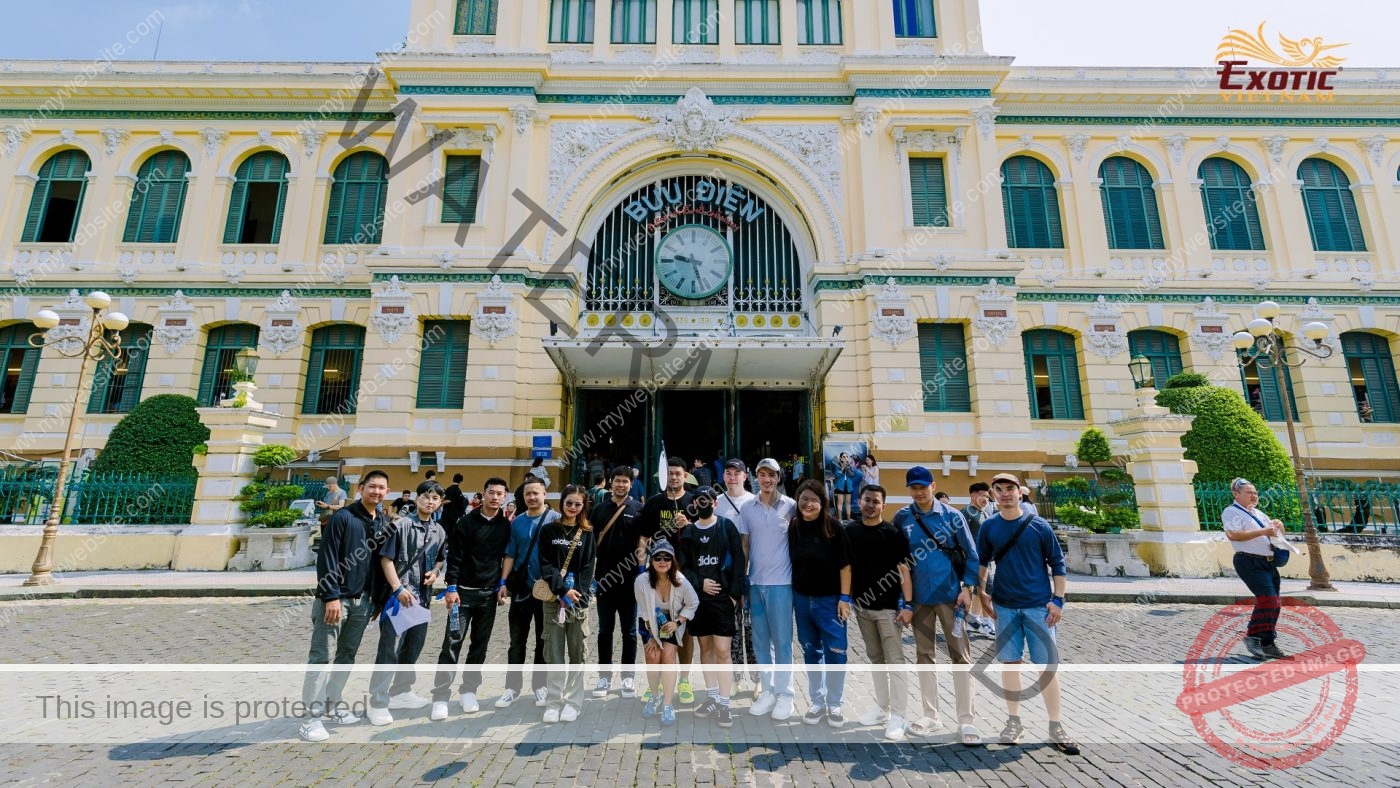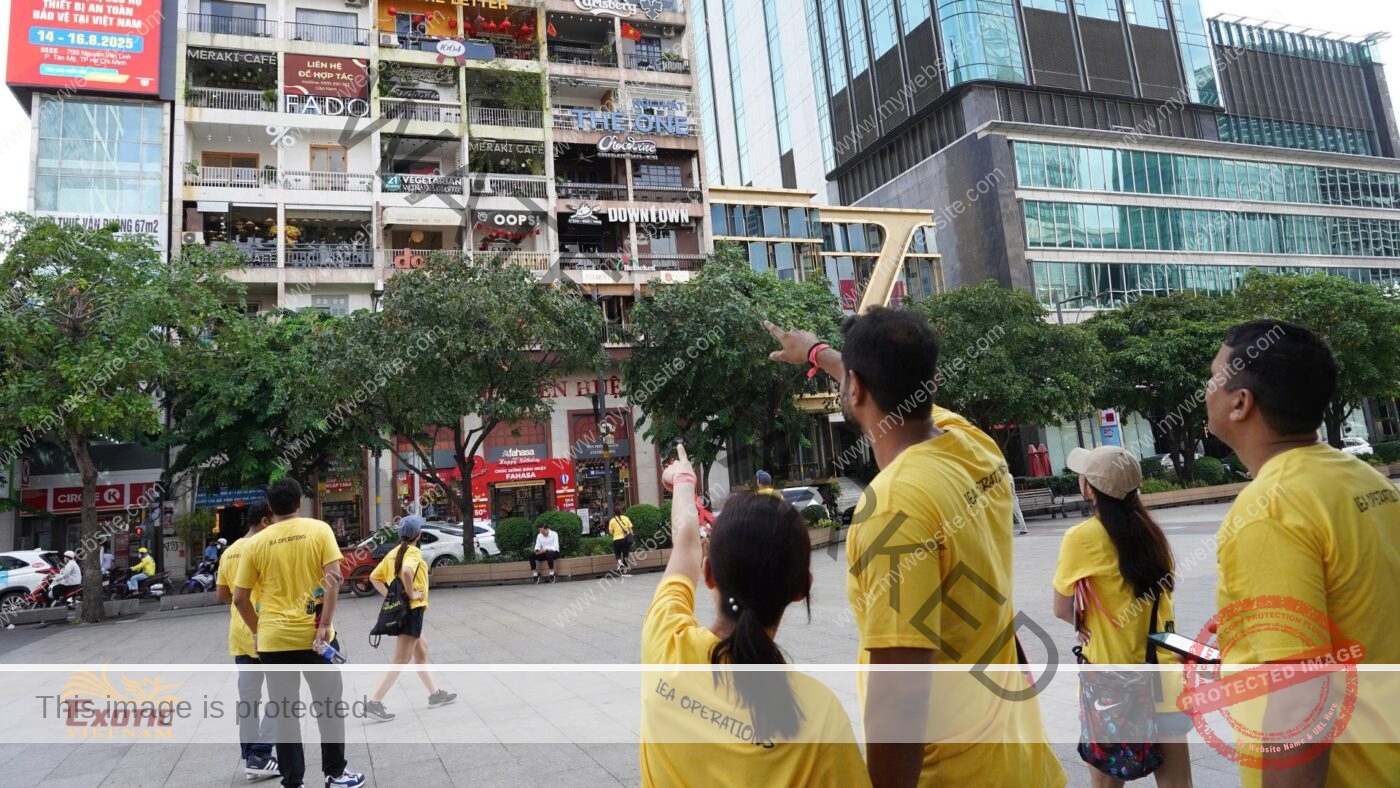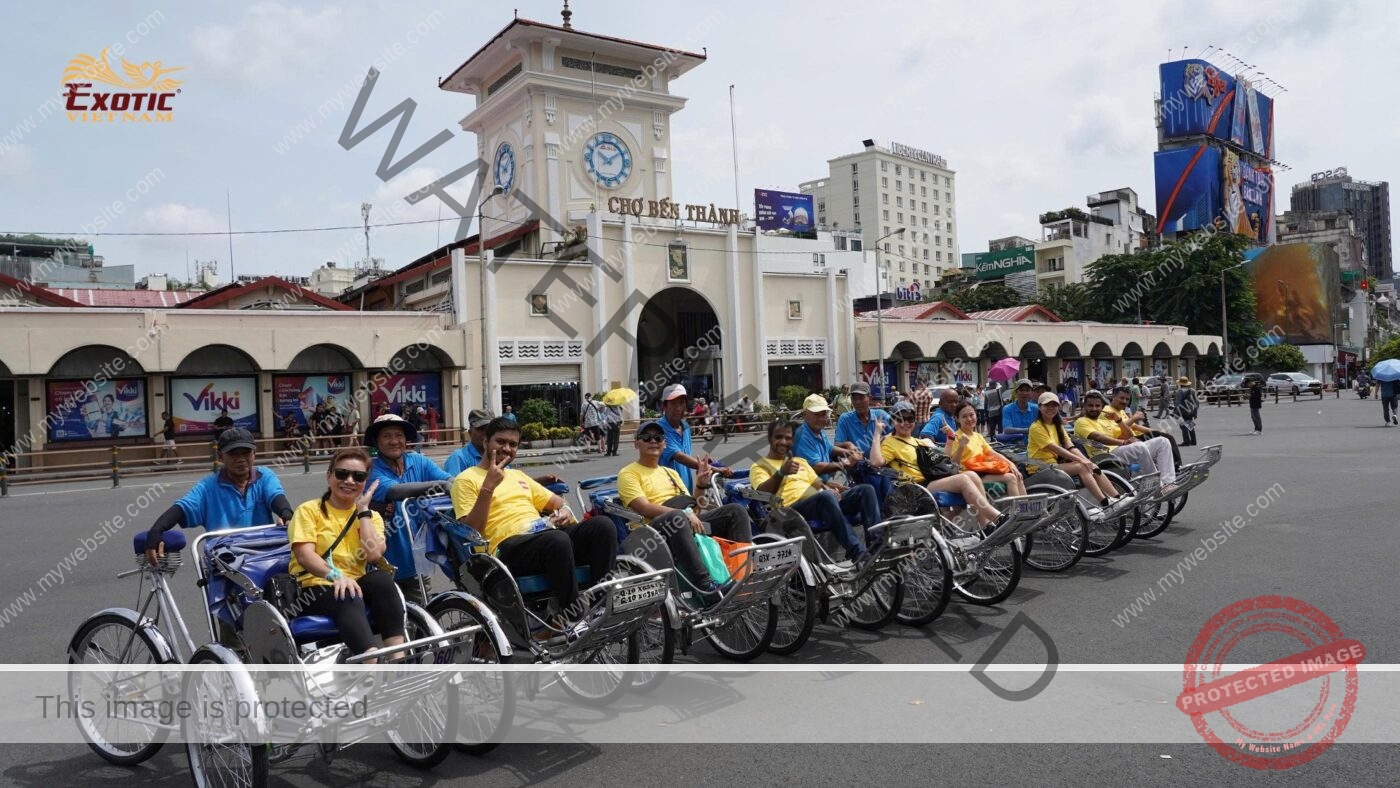As team building programs continue to diversify in format and demand deeper experiential value, ensuring safety is no longer merely a technical requirement – it must become a core philosophy, embedded throughout every stage from design to execution. “Risk in Mind – Safe on Field” embodies this very approach.
According to Exotic Vietnam, risks should not be avoided but rather understood and mastered through critical thinking, a continuous learning mindset, and thorough preparation.

What is “Risk in Mind – Safe on Field”?
This phrase conveys a simple yet powerful idea: when risks are thoroughly considered from the outset, what happens in the field can be better controlled, minimizing the likelihood of unwanted incidents. In contrast to reactive models that only respond when problems arise, “Risk in Mind” promotes a proactive mindset – one that focuses on building a safety framework right from the beginning.
In the context of team building activities in Vietnam – especially outdoor programs like jungle trekking, cliff abseiling, or sea rafting – factors such as challenging terrain, unpredictable weather, and physical or psychological differences among participants are ever-present variables. Without careful planning, what is meant to be a fun experience could quickly turn into a potential hazard. That is why integrating the “Risk in Mind” philosophy into the program design process is not optional – it is essential to ensure participants are truly “Safe on Field”.

Theoretical Foundation: A Fusion of Cognitive Learning and Risk Management
The “Risk in Mind” model is inspired by the work of Dr. Arthur Stuart Firkins, which emphasizes the role of learning and systems thinking in managing risk. What makes this approach distinctive is that it goes beyond identifying and responding to risk – it helps participants learn from their experiences, meaning they learn about risk and through risk.
This learning process unfolds across four key stages:
- Attention – Focusing on critical risk factors while filtering out irrelevant information.
- Active Engagement – Instead of passively receiving information, learners ask questions, test assumptions, and explore solutions.
- Error and Feedback – Learning through mistakes and receiving timely feedback for continuous improvement.
- Consolidation – Repeating and applying knowledge to build long-term reflexes and behavioral habits.
When integrated into a risk management framework, these four stages form a continuous feedback loop, enabling organizations to steadily enhance their capacity to assess risks, make informed decisions, and execute actions safely and effectively.

Application in Team Building Programs
In team building environments – particularly those focused on experiential and challenge-based activities – the “Risk in Mind – Safe on Field” model proves highly effective at both the individual and organizational levels.
- Preparation Stage – Organizers must pay close attention to factors such as terrain, weather conditions, and participants’ health to analyze potential risks. Proactively developing “what-if” scenarios for various situations enables better control in the event of unforeseen incidents.
- Activity Design – Challenges like uphill trekking, stream crossing, decoding clues, or navigating through forests are not merely physical tasks – they are tests of critical thinking, accountability, and teamwork. Rigorous inspection, evaluation, and replacement (if needed) of equipment and gear used in team building is mandatory. To ensure that these experiences are truly safe and meaningful, they must be built on a solid foundation of risk assessment.
- Execution and Coordination – Facilitators are not only guides – they are the “risk sentinels.” They must be thoroughly trained to detect early warning signs, respond promptly to incidents, and maintain a steady, composed atmosphere for the entire group.
- Feedback and Reflection – After each challenge, time should be allocated for participants to share emotions, recognize mistakes, and extract lessons learned. This is when the “Error – Feedback – Consolidation” stages of the learning model are activated, embedding the experience into lasting knowledge and behavior.

Beyond Safety: Unlocking Deeper Value
More importantly, “Risk in Mind – Safe on Field” is not just a risk prevention model – it is an organizational philosophy that helps to:
- Unleash personal potential: When participants are pushed to their limits, they are compelled to tap into their survival instincts, adaptive thinking, and take full responsibility for their decisions.
- Foster a learning culture: The organization becomes not only safer, but also smarter – where every mistake is seen as an opportunity to improve systems and processes.
- Build collective trust: Intense, high-impact experiences in a well-controlled environment help forge strong, lasting bonds among team members.

Conclusion
“Risk in Mind – Safe on Field” marks a new frontier in the way team building programs are designed – merging cognitive science, risk management, and experiential learning. It is not merely a technical tool, but a guiding philosophy that makes every program more professional, meaningful, and sustainable.
With thorough preparation, systems thinking, and a deep understanding of how people learn, every team building program can become a meaningful journey – where participants not only have fun but also grow, as the challenges are designed to push the limits of their physical, mental, and emotional endurance. At that very threshold, they are given the chance to rise above themselves through personal effort and team collaboration. And such transformation can only happen when risks are not underestimated but kept firmly “in mind” – to ensure a truly “safe on field” experience.
As a trusted partner in team building, Exotic Vietnam brings this philosophy to life. With a deep understanding of human behavior, terrain, and corporate culture, Exotic Vietnam continues to craft experiences that are both challenging and secure – empowering teams and cultivating stronger organizational culture through every program delivered.

